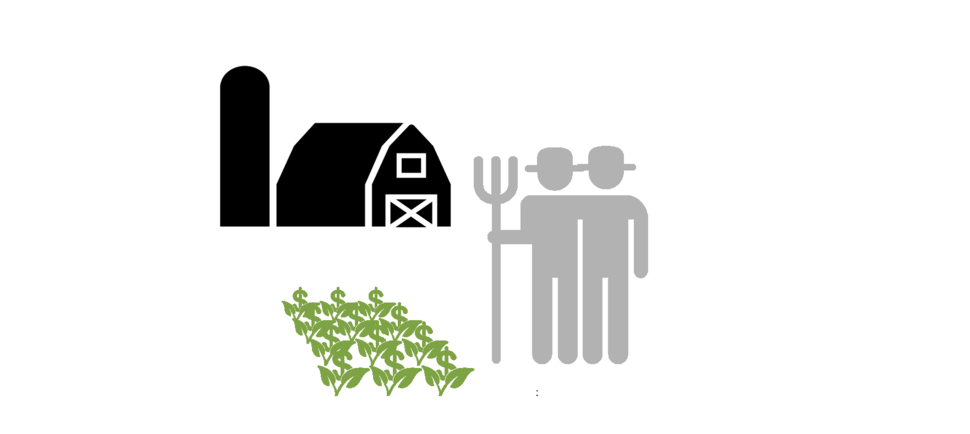In order to start the revenue streams, of course there have to be key activities that have to be fulfilled successfully. We will only participate in the project over a period of three moths. This means there isn’t enough time to first work out the project completely on a theoretical base and after this implementing the gained knowledge on a practical level. Besides this, the whole businessplan will be written when we are in Holland, where we don’t have a clear view on the needs and opinions of costumers and of the people we will work with. It is proven that a business plan (among other reasons) rarely survives the first contact with customers (Blank, 2013). Therefore, our key activities will be based on a the so called lean start-up method. This method implies that you don’t bring a fully finished product to the market, but you use early staged prototypes and take all the feedback from stakeholders and customers in account. This way you can improve the product little by little, and this way create a optimal product that will be accepted by the community. The way to do this, is by using an “out of the building” approach, and interact with the customers, possible target group and other stakeholders (Blank, 2013). To adopt the attitude that fits with the lean-up strategy, it is important to have an open mind and quickly design prototypes that fit the desires of the customers. A way of thinking that suits this very well is established at Stanford and is called design thinking. Design thinking broadens your perspectives, which leads to thinking out of the box and coming up with solutions that are fully customized for your specific clients (Brown & Wyatt, 2010).
Because of this we will allow a lot of creative destruction in our business plan as we’d like to be as flexible as possible when it comes to the implementation of our approach, which consists of the following steps:
-Starting with a research phase in which we’ll discover KITA’s workings, observe the training of the farmers, observe other NGO’s. We will also de research on equipment for the milling and packaging center, make inventory of what is already there and what needs to be bought.
-Continuing education at local schools, creating awareness of Moringa while testing how much awareness is already there. We will be doing the same for care centers and the training of the farmers.
-Draft designing both the center and dryer.
-Evaluation and Feedback are very important for the success of the project so there will be scheduled times in which we evaluate what we have done so far and see if any changes in the upcoming activities need to be made.
-Next up is the design part of the project in which we will execute the final design both the milling and packaging center and the walk-in solar dryer. We expect this design process to be very different from what we are used to in our university, therefore we
- Finally, the sale will start. This is preceded by a full marketing plan.
There are several ways to present the identified key activities. Often there is been thought that entrepreneurs have a goal and search for means to reach this goal. Research has showed, that succesfull entrepreneurs don’t search for means to fulfill their needs of reaching particular goals, but they look at the means that are available at that moment and use these to reveal chances and reach goals that match these means. This phenomenon is called ‘effectuation’ (Sarasvathy, 2001). During this project, we will strive in pursuing this approach of entrepreneurialism. By doing this, we will follow a certain cyclic path of action. First there have to be defined who we are, what we do and what we know. It is logical that the students from KITA and the students from the TU Delft have knowledge from different parts of the project. The students from KITA will be more familiar with the agriculture scene and with the construction of related aspects. The students from the TU Delft will have gained more knowledge of the entrepreneurial side of the project during the minor. These two perspectives can complement each other by the next step; “what can we do?”. The more knowledge there is, the more action there can be taken to use the means for reaching goals and uncovering new chances. When these means have been clarified, it is important to interact with the people around you and especially people who might be a stakeholder in the project. Two things can happen here: the stakeholder is committed and wants to be involved with the project, or the stakeholders are not enthusiastic about the project and show no commitment. The latter means that they are out, and there has been reached a dead end. When the stakeholders do show interest, new insights on the project can be done, for example by listening to their opinion and experiences. This way, new means and also new goals can be created. These new means and new goals ask for a restart of the cycle, which leads you back to the questions “who am I?”, “what do I know?” and “who do I know?” (Saravathy, 2001). By using effectuation, we believe that the co-operation between the students, the usage of all present knowledge, and the involvement of all stakeholders will increase, which leads to a better outcome of the project.
